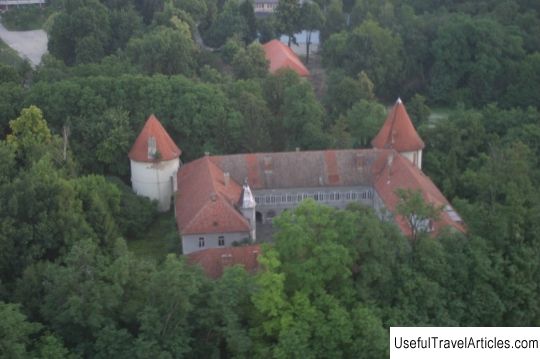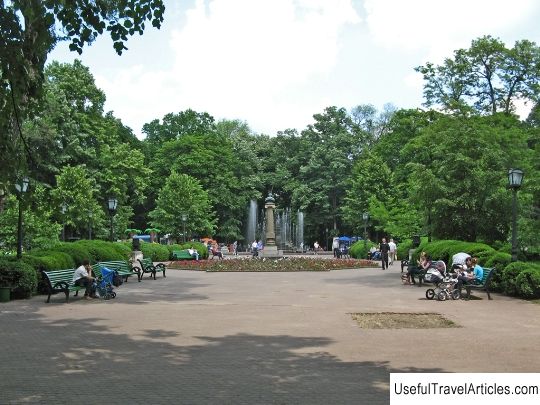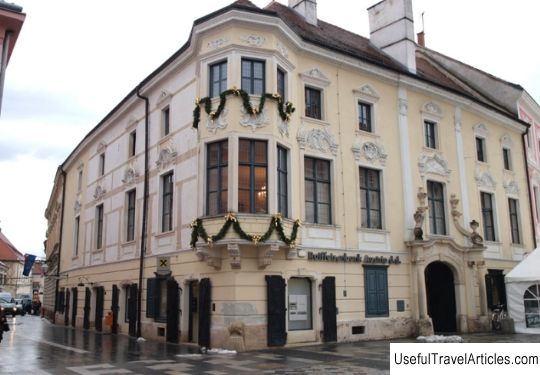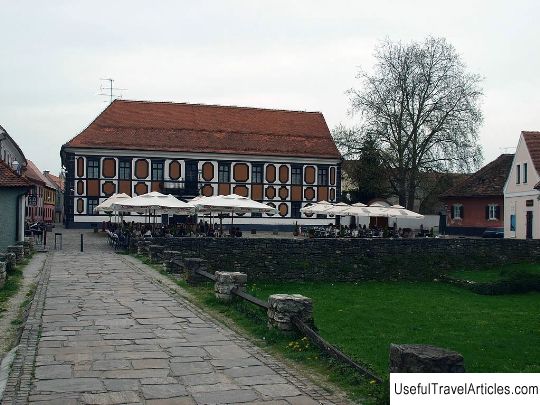Fortress Varazdin (Stari grad Varazdin) description and photos - Croatia: Varazdin
Rating: 8,0/10 (1904 votes) 
Fortress Varazdin (Stari grad Varazdin) description and photos - Croatia: Varazdin. Detailed information about the attraction. Description, photographs and a map showing the nearest significant objects. The title in English is Stari grad Varazdin. Photo and descriptionVarazdin Castle is one of the architectural monuments of the city, which is an example of defensive architecture. At one time, Varazdin Castle was one of the strongholds in the fight against the Turkish intervention. It was here that the residence of the Croatian-Slavic military district was located. This powerful strategic and military-political importance was assigned to the castle until the 17th century, when the military center was moved to Koprivnica. By the end of the 16th century, Varazdin Castle changed more than one owner. In 1397, the castle belonged to Herman II of Celje, who received the construction from the Hungarian-Croatian king Sigismund II. Some time later, German also got the Zagorje and Chakovets regions. From 1585 to 1925, the owners of the building were the Erdi family. By the way, representatives of the dynasty held some of the highest government positions in Varazdin until 1845. At the beginning of the XX century, the exposition of the city museum was located in the castle. It is known that the oldest part of the castle is its tower in the Gothic style, and there is information that already in the 15th century it had palisades, and surrounded the building of the trench. Presumably, the eastern tower and the fortress walls were built around 1524. Serious changes awaited the castle in the middle of the 16th century, when from a Gothic building it became the embodiment of the Renaissance style. The reconstruction was started in 1544 by Baron Ivan Ungnad, at that time the owner of the castle. The works were carried out by one of the famous Italian architects. The castle was surrounded by a moat of water from the Drava, and earthen mounds grew around. The loopholes and a special platform for the use of heavy artillery were also made, and the square tower in the late Gothic style was supplemented with another floor. Many architectural details typical of the early Renaissance were also added to the castle: stone buttresses in the form of Doric columns, wooden and stone balustrades, balconies with arcades and painted facades. The reconstruction of the castle was completed by 1575. In 1705, the castle underwent another reconstruction, during which a bridge was built between the northern wall and the square tower, which made it possible to divide the courtyard into two halves. Until 1933, the castle was surrounded by trenches, and the first green spaces were planted in 1938. But the real park, which can be seen today, was only decorated in 1952. The loopholes and a special platform for the use of heavy artillery were also made, and the square tower in the late Gothic style was supplemented with another floor. Many architectural details typical of the early Renaissance were also added to the castle: stone buttresses in the form of Doric columns, wooden and stone balustrades, balconies with arches and painted facades. The reconstruction of the castle was completed by 1575.     We also recommend reading Church of the Nativity of the Blessed Virgin Mary in Listvenka description and photos - Russia - Leningrad region: Boksitogorsky district Topic: Fortress Varazdin (Stari grad Varazdin) description and photos - Croatia: Varazdin. |




